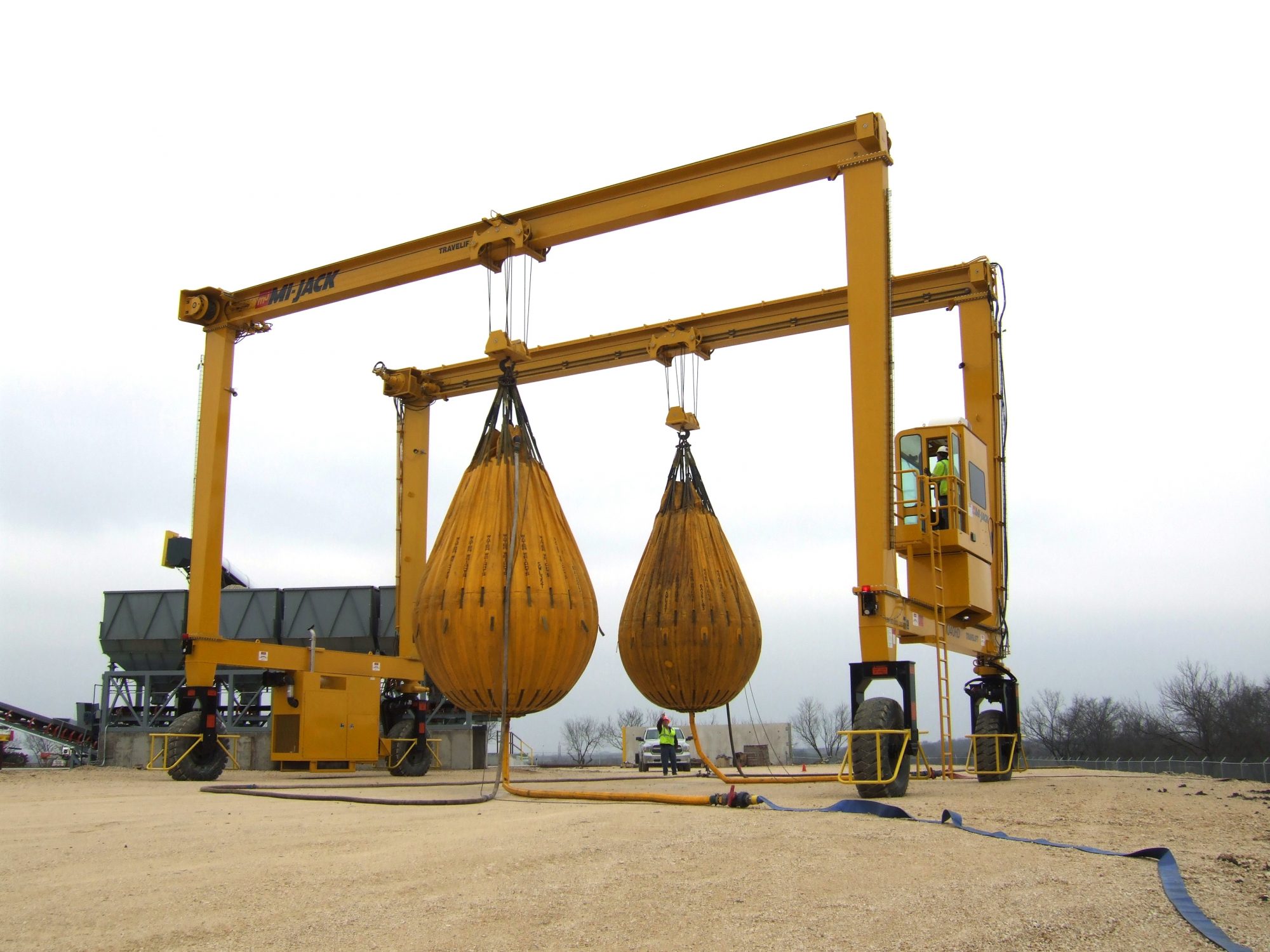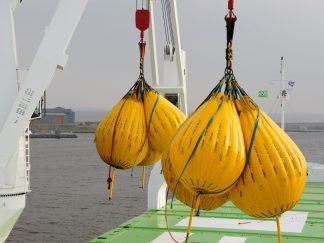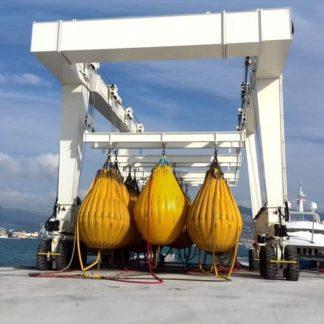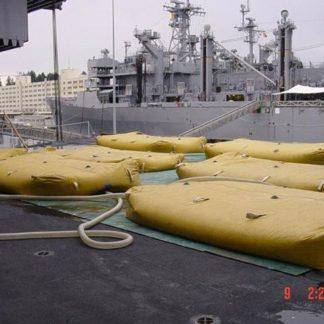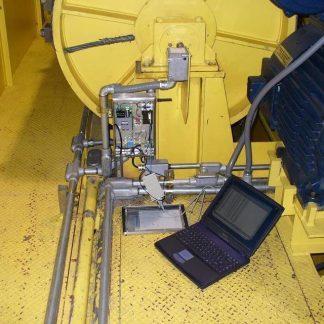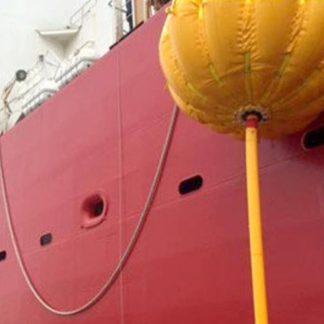This article has been written by Jim Jota (Marketing Manager, Water Weights).
Regular load testing of cranes and lifting equipment ensures they meet rated capacities and function flawlessly under real-world conditions. There is no one-size-fits-all method for load testing; instead, every solution must be customized to ensure sustainability, maximum performance, and safety in every setting.
Customised Approach for Testing
The first step in effective load testing is understanding the specific type of equipment. Procedures differ significantly between various kinds of machinery. The processes for different types of machines vary greatly. For example, mobile cranes are intricate devices that need extensive testing. This includes evaluations of the ability to lift, the deflection of the boom, the operation of the brakes, and safety measures such overload prevention. Testing needs to be done on the crane’s rigging as well.
Production facilities frequently have overhead cranes and hoists. This equipment needs to be tested under load conditions that mimic normal lifting situations. This may involve multiple lifts in a short timeframe and lateral movement along the runway. Incorporating a load monitoring system provides real-time data on weight distribution and ensures the crane operates within safe limits.
Slings and rigging gear, vital components for safe lifting, must also undergo load testing to ensure they can handle the intended weight without failure. Regular Magnetic Rope Testing (MRT) inspections help identify hidden flaws within wire ropes before they pose a safety hazard.
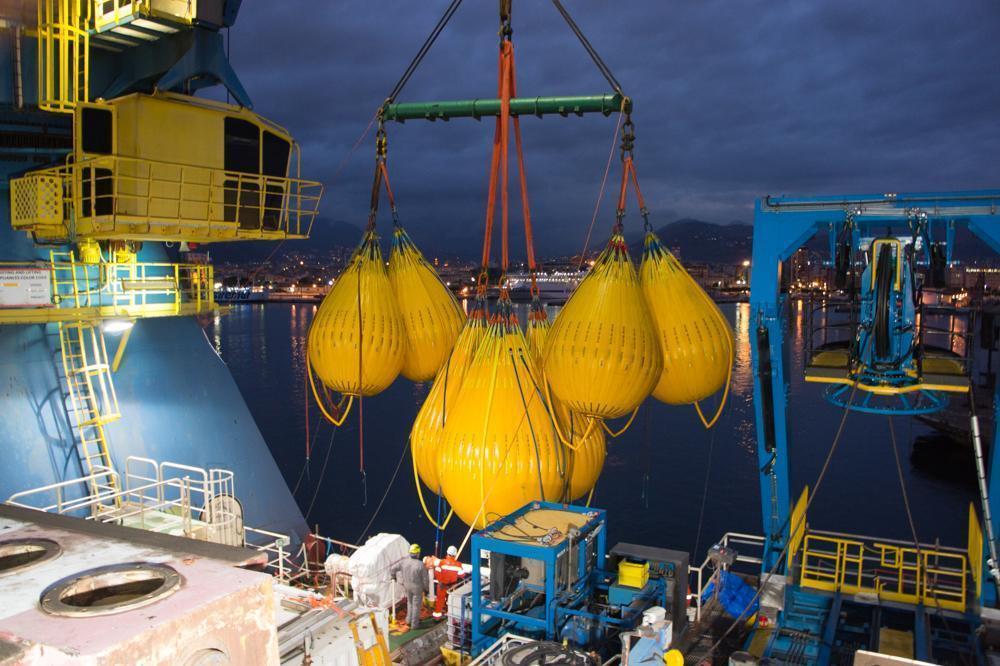
Global Regulations
Regulatory requirements for load testing vary globally. In Europe, the Machinery Directive 2006/42/EC sets essential safety requirements for lifting machinery’s design, manufacture, and conformity assessment. The Occupational Safety and Health Administration (OSHA) provides specific standards in the USA, such as 29 CFR 1910.179 for Overhead and Gantry Cranes and 1926.104 for Construction Cranes. In Asia, regulations differ by country, with some adopting international standards like ISO 4301 with modifications. Researching local regulations is crucial. Similarly, in the Middle East, countries like the UAE follow international standards alongside specific rules outlined by the Emirates Authority for Standardization and Metrology (ESMA).
Regular inspections by trained individuals are essential in addition to load testing. Wear and tear, corrosion, or other damage that could impair performance—including the state of the crane runway itself—should be found during inspections. A survey of the crane runway can find cracks, misalignment, and other problems that compromise safe operation. Cranes and other lifting equipment have a longer lifespan when the manufacturer’s recommended preventative maintenance routine is followed. This covers lubrication, tweaks, and changing out worn components. Longevity is ensured by proper lubrication, especially with pressurized lubrication equipment for wire rope. To prove compliance with rules and spot trends that could need more research, keeping thorough records of all load tests, inspections, and maintenance operations is crucial.

Sustainable Load Testing
Traditional load testing methods using solid weights made of concrete or steel have a significant environmental footprint due to the resources and energy required for manufacturing, transportation, and staging. The stress these heavy loads place on infrastructure necessitates frequent repairs and maintenance, contributing to environmental impact. Unique Group’s Water Weights® offer an innovative and environmentally friendly alternative to traditional load testing methods. Water is readily available at most testing sites, eliminating the need for long-distance transportation and significantly reducing CO2 emissions. Studies show Water Weights® can reduce CO2 emissions by over 90% compared to solid weights. The lighter weight of Water Weights® reduces wear and tear on roads and bridges during transportation, requiring less frequent repairs and minimizing environmental disruption.
Beyond reducing the carbon footprint, Unique Group’s Water Weights® prevents introducing aquatic nuisance species (ANS) into waterways. These harmful organisms can disrupt ecosystems and damage native populations. Through rigorous inspection procedures, Unique Group ensures Water Weights® are free of ANS, safeguarding aquatic ecosystems. By controlling flow rates and maintaining adequate depth, Unique Group mitigates the risk of turbidity, which can harm marine life. The company’s commitment to environmental sustainability is reflected in its certification to ISO 9001, 45001, and 14001 standards. Unique Group promotes waste reduction, reuse, and recycling opportunities and continuously improves environmental performance.
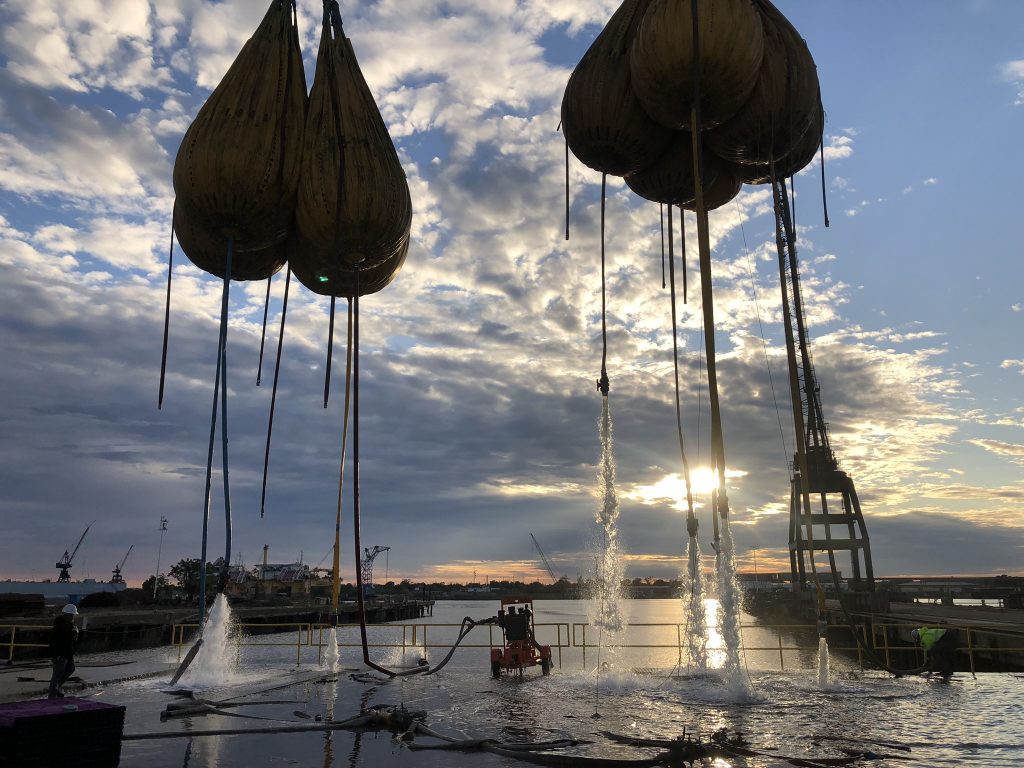
Completely Integrated Solution
The comprehensive solutions offered by Unique Group go beyond Water Weights®. Load monitoring systems guarantee safe operations and procedures by providing real-time data during crane operations. MRT inspection tools find them before hidden faults in wire ropes become a safety risk. The longevity of wire rope is increased by pressurized lubrication systems, which guarantee adequate oil penetration. Dimensional control instrumentation is used in crane runway assessments to find fractures, misalignment, and other problems with the runway.
The Water Weights® product from Unique Group is a major development in sustainable crane testing. They significantly lower carbon footprints and have a minimal negative environmental impact, providing a safe and useful substitute for conventional methods. Stakeholders show their dedication to sustainability while guaranteeing the operation and safety of cranes and lifting apparatus by selecting Water Weights®. This innovative solution paves the way for a greener future in the industry, one test at a time.
By Jiju Vijayakumar